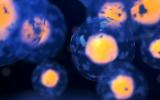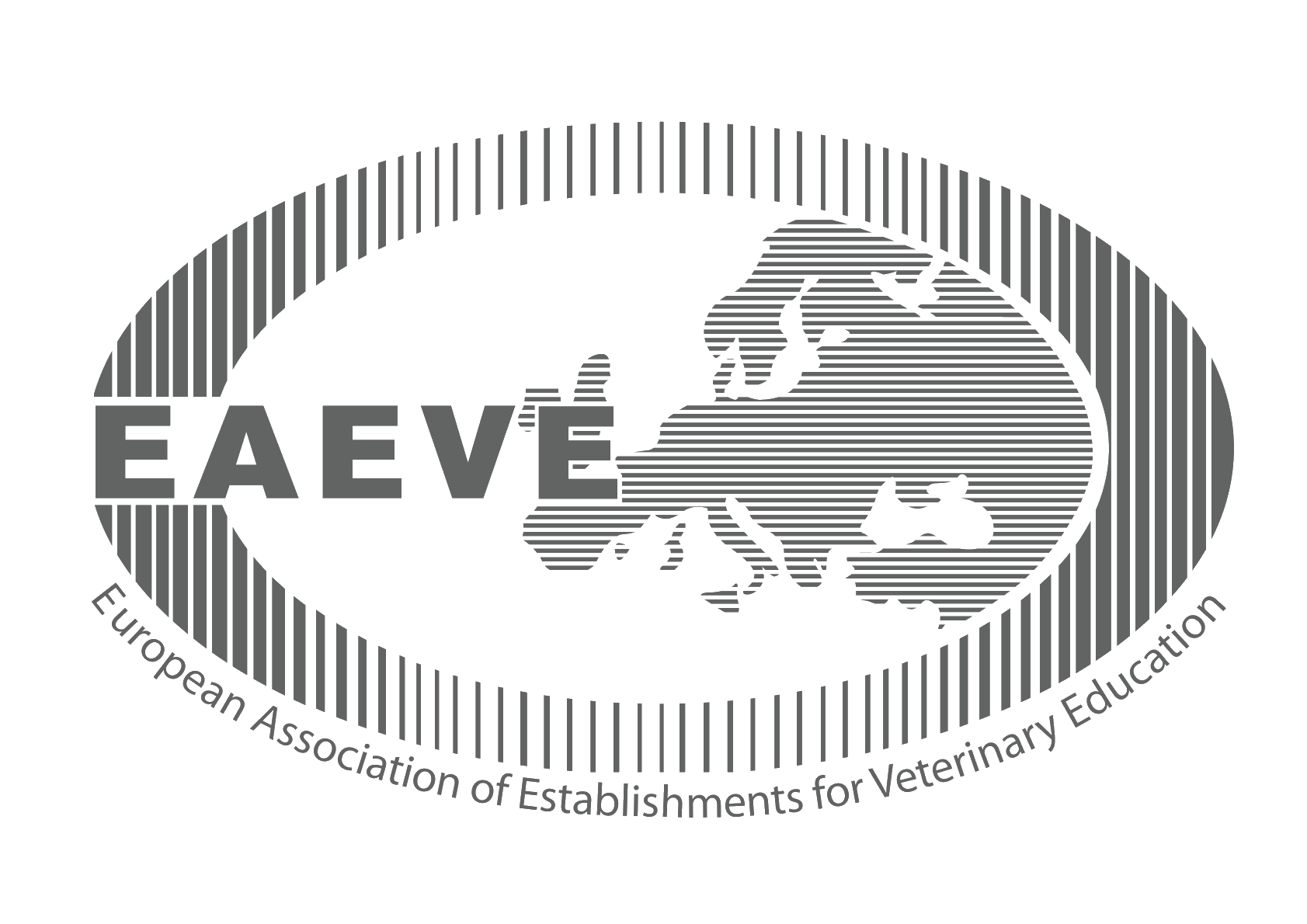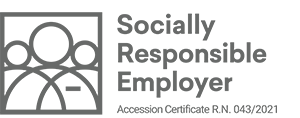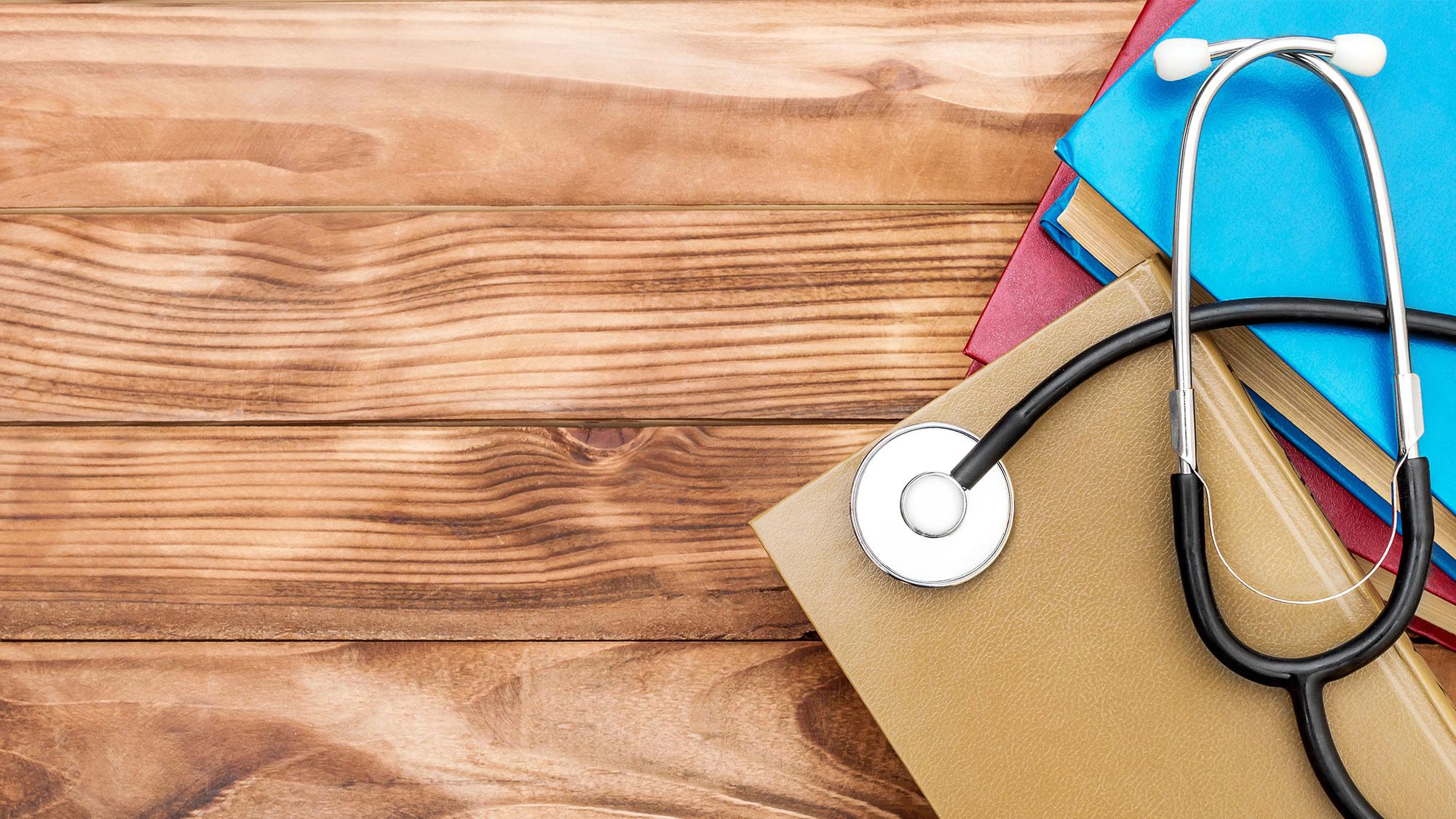
Year 3
Overview
Subjects begin in which students learn about pathological processes in the body, the causes of death and the action of drugs. They learn how to approach animals, clinical examinations of animals, and the basics of surgery. They also learn the basics of food hygiene (safe food) and procedures for disinfection and protection of the environment in which animals live.
Mandatory Subjects
L – Lectures
S – Seminars
P – Practical Work
CP – Clinical Practice
OFS – Other forms of study
OW – Own Work
ΣCH – Contact Hours
ECTS – European Credit Transfer System
Fall Semester
Subject |
Supervisor |
L |
S |
P |
CP |
OFS |
OW |
ΣCH |
ECTS |
| Pathophysiology | Robert Frangež | 100 | 2 | 36 LAB | 192 | 330 | 11 | ||
| Pathology 2 | Tanja Švara | 45 |
20 LAB 40 PSC |
165 | 270 | 9 | |||
| Biostatistics | Tanja Knific | 20 | 10 LAB | 60 | 90 | 3 | |||
| Basic Clinical Science | Modest Vengušt | 60 | 30 | 90 | 3 | ||||
| Pharmacology with Toxicology | Tomaž Snoj | 45 | 30 LAB | 75 | 150 | 5 | |||
| Elective course 4 | 3 |
LAB - Laboratory Practice (up to 18 students in a group); LAB* - Laboratory Practice (up to 9 students in a group); SP - Seminar Practical Work (up to 30 students in a group); PSC - Practical Work in Special Circumstances (up to 7 students in a group)
Spring Semester
Subject |
Supervisor |
L |
S |
P |
CP |
OFS |
OW |
ΣCH |
ECTS |
| Food safety 1 | Andrej Kirbiš | 40 | 50 | 90 | 3 | ||||
| Pharmacology with Toxicology | Tomaž Snoj | 24 | 6 | 30 LAB | 5 TPT | 55 | 120 | 4 | |
| Surgery and Ophtalmology | Vladimira Erjavec | 60 |
28 LAB* 20 PSC |
12 IP | 90 | 210 | 7 | ||
| Diagnostic Imaging | Aleksandra Domanjko Petrič | 15 | 10 | 5 LAB | 15 | 75 | 120 | 4 | |
| Basic Clinical Science | Modest Vengušt | 30 | 90 | 120 | 4 | ||||
| Animal and Environmental Hygiene | Štefan Pintarič | 30 | 10 |
25 LAB |
10 TPT | 45 | 120 | 4 | |
| Elective course 4 |
LAB - Laboratory Practice (up to 18 students in a group); LAB* - Laboratory Practice (up to 9 students in a group); PSC - Practical Work in Special Circumstances (up to 7 students in a group); SP - Seminar Practical Work (up to 30 students in a group); TPT - Terrain Practical Training (generally one group); IP - Individual Practice (up to 3 students in a group)
Supervisor: Robert Frangež
Understanding the causes and mechanisms of the most important pathological processes and diseases. This subject deals with the external and internal causes of disease, allergic and inflammatory conditions, stress response, shock, thermal and electrical injuries, anaemia, coagulopathies, metabolic disorders, pain pathophysiology, respiratory, kidney, gastrointestinal pathophysiology, genetic disorders, neoplasms and endocrinopathies.
Supervisor: Tanja Švara
Familiarisation with the causes and development of disease processes as a basis for recognising pathological changes at macroscopic, microscopic and partly ultrastructural levels, which allows an understanding of the interaction between these processes, how they take place and what are their consequences. Students acquire a wealth of knowledge of professional medical terminology.
Supervisor: Tomaž Snoj
Familiarisation with general and special pharmacology and toxicology; learning about the importance of doses of medicine/poison, the method of administration/application of drugs, laws of the effect of drugs and poisons on living organisms, pharmacokinetics of drugs, elimination and excretion of drugs/poisons from the body, pharmacological and toxicological properties of individual groups of drugs in veterinary medicine.
Supervisor: Vladimira Erjavec
Familiarisation with the basics of veterinary anaesthesiology, general surgery and ophthalmology of domestic animals.
Supervisor: Aleksandra Domanjko Petrič
Familiarisation with the operation of X-ray and ultrasound devices. An introduction to protection against ionizing radiation. Diagnosis of pathological changes based on X-ray and ultrasound images.
Supervisor: Modest Vengušt
Students acquire practical and theoretical knowledge about the processes of diagnosing diseases. They learn diagnostic reasoning, thinking, recording, approach, appropriate handling and protection of animals, and master the basal techniques of physical clinical examination of all organ systems in domestic animals. Students are trained to take a medical history (individual, group, environment) and perform comprehensive clinical examinations. They receive information and learn the basics of laboratory assistance that decisively helps in making a diagnosis.
Supervisor: Tanja Knific
Familiarisation with the basics and types of statistical methods, collecting empirical data, planning and selecting the appropriate method of statistical analysis, understanding the basics of statistical reasoning, interpreting the results and critically evaluating statistical analyses.
Supervisor: Andrej Kirbiš
Familiarisation with current legislation in the field of health appropriateness and the quality of food. Students are acquainted with manufacturers’ internal control procedures according to the HACCP system, as well as with official control procedures, such as the method of determining sensory properties, microbiological contamination and chemical analysis of the composition and presence of environmental pollutants. Familiarisation with the work of veterinary inspectors (inspections and control of the hygienic part of the technological process of food production, taking samples for laboratory tests, etc.). Understanding the causes of alimentary toxicoinfections (analyses of practical cases and identification of causes, errors and violations in individual cases).
Supervisor: Štefan Pintarič
Familiarisation with the effects of the environment that influence the health and welfare of farm animals (the effects of environmental factors on the metabolism of animals and the harmful effects of physical, chemical and biological environmental factors). Understanding the construction and equipping of animal-friendly facilities with environmentally friendly technologies, the importance of hygienic aspects of production, the impacts of animal production on the environment and humans, and the importance of biosecurity measures.
Elective Subjects
The student may enroll in any elective course from the 1st or 2nd Year which he/she has not yet enrolled in or can choose from the table below.
L – Lectures
S – Seminars
P – Practical Work
CP – Clinical Practice
OFS – Other forms of study
OW – Own Work
ΣCH – Contact Hours
ECTS – European Credit Transfer System
Fall Semester
Subject |
Supervisor |
L |
S |
P |
CP |
OFS |
OW |
ΣCH |
ECTS |
| Anatomy of Laboratory and Exotic Animals 1 | Valentina Kubale Dvojmoč | 30 | 5 PSC | 5 | 5 TPT | 45 | 90 | 3 | |
| Behavioral Neurobiology 2 | Gregor Majdič | 15 | 30 | 5 LAB | 10 | 30 | 90 | 3 |
1 The course is available in 3rd, 4th and 5th year
2 The course is available in 3rd in 4th year
LAB - Laboratory Practice (up to 18 students in a group); PSC - Practical Work in Special Circumstances (up to 7 students in a group); TPT - Terrain Practical Training (generally one group)
Spring Semester
Subject |
Supervisor |
L |
S |
P |
CP |
OFS |
OW |
ΣCH |
ECTS |
| Microbiology Practical Course | Andrej Pengov | 15 LAB* | 30 | 45 | 90 | 3 | |||
| Experimental Pathophysiology and Toxinology 1 | Robert Frangež | 10 | 5 | 20 IP | 55 | 90 | 3 |
1 The course is available in 3rd, 4th 5th and 6th year
LAB - Laboratory Practice (up to 18 students in a group); IP - Individual Practice (up to 3 students in a group)
It is only possible to enrol in each elective subject once during study. With the prior consent of the Commission for Study and Student Affairs, students can achieve 5% of the credit points of the programme through external election of general elective courses and compulsory general courses in programmes at the University of Ljubljana or other universities in Slovenia.
Following completion of enrolment and based on a student’s written and substantiated explanation, the vice-dean for the pedagogical field can approve a change of the elective subject up to 20 October and inform the Commission for Study and Student Affairs. Subsequent changes of elective subjects are no longer possible.
With the prior consent of the Commission for Study and Student Affairs or the coordinator for international activities, students may transfer part of the study programme from any programme of study of veterinary medicine at a veterinary educational institution listed in the list of verified institutions EAEVE (European Association of Establishments for Veterinary Education).
Supervisor: Valentina Kubale Dvojmoč
Basic knowledge of the most common species of animals that appear in zoos, amateur breeding and for research purposes, is related to anatomical features and peculiarities.
If you are considering not enrolling in a course because ...
- it is a too demanding elective subject
- you will have more obligations than in other subjects
- you are not sure that you can work with exotics
- you are afraid of snakes
- you are afraid of spiders
- you want to work in a small practice
…we would like to inform you that:
- the subject Anatomy of Laboratory and Exotic Animals is a very interesting one. It’s like entering an anatomically in-depth ‘National Geographic’ or ‘Animal Planet’, where you get many answers to questions such as: Do you know… about diverse animals…?
- repetition of anatomy in a subject helps in subjects such as Radiology and Clinical Diagnostics, which serves to improve the basis and integration of new clinical knowledge into an existing and more solid knowledge base.
- with a fresh approach, the subject integrates theoretical knowledge with practical sections of a diverse range of animals, exotic histology and the handling of live, interesting and rare pets and animals in the zoo.
- in the subject students learn the correct handling of exotic and laboratory animals, which also differs within the same species depending on whether the animal is a laboratory animal or a pet (e.g. rat, mouse). To this end, students will lose their fear, since the more we know, the more open we become.
- you will have the opportunity to see many animals or interesting species up close, touch them, hold them in your arms, look in their mouth or, for example, into the buccal cavity of a snake. Maybe even to feed them, and sometimes to look at the entire habitat of animals.
- in this subject you can enhance your knowledge of animal welfare by asking ourselves how we actually look at animals and animal experiments, so that when we are asked about this, we know how to justify our position.
- external collaborators visit and share with us their extensive or very specific knowledge and bring their interesting pets (e.g. falcons)
- you will have a great time, particularly because you will have actual contact with live animals on multiple occasions
- you will learn many interesting things that a veterinarian is expected to know, for example:
- How is limb regeneration possible in amphibians?
- What are the differences between different groups of monkeys?
- What are Lorenzi ampoules?
- What anatomical structures allow lizards to self-amputate?
- What is the function of a pneumostome and where is it located?
- What is a melon (cetacean) organ and how does it work?
- Why can geckos walk on vertical surfaces?
- In what way do viruses participate in the formation of the placenta?
- field exercises are held, whereby, according to agreements, we stay in Slovenia, join our colleagues in Croatia, go to Austria, etc.
To find out more, I am available at Gerbičeva 60, on the ground floor, in the first office on the right, or you can call me on 01 4779 120 or email me: valentina.kubale@vf.uni-lj.si.
Be different. Choose Anatomy of Laboratory and Exotic Animals.
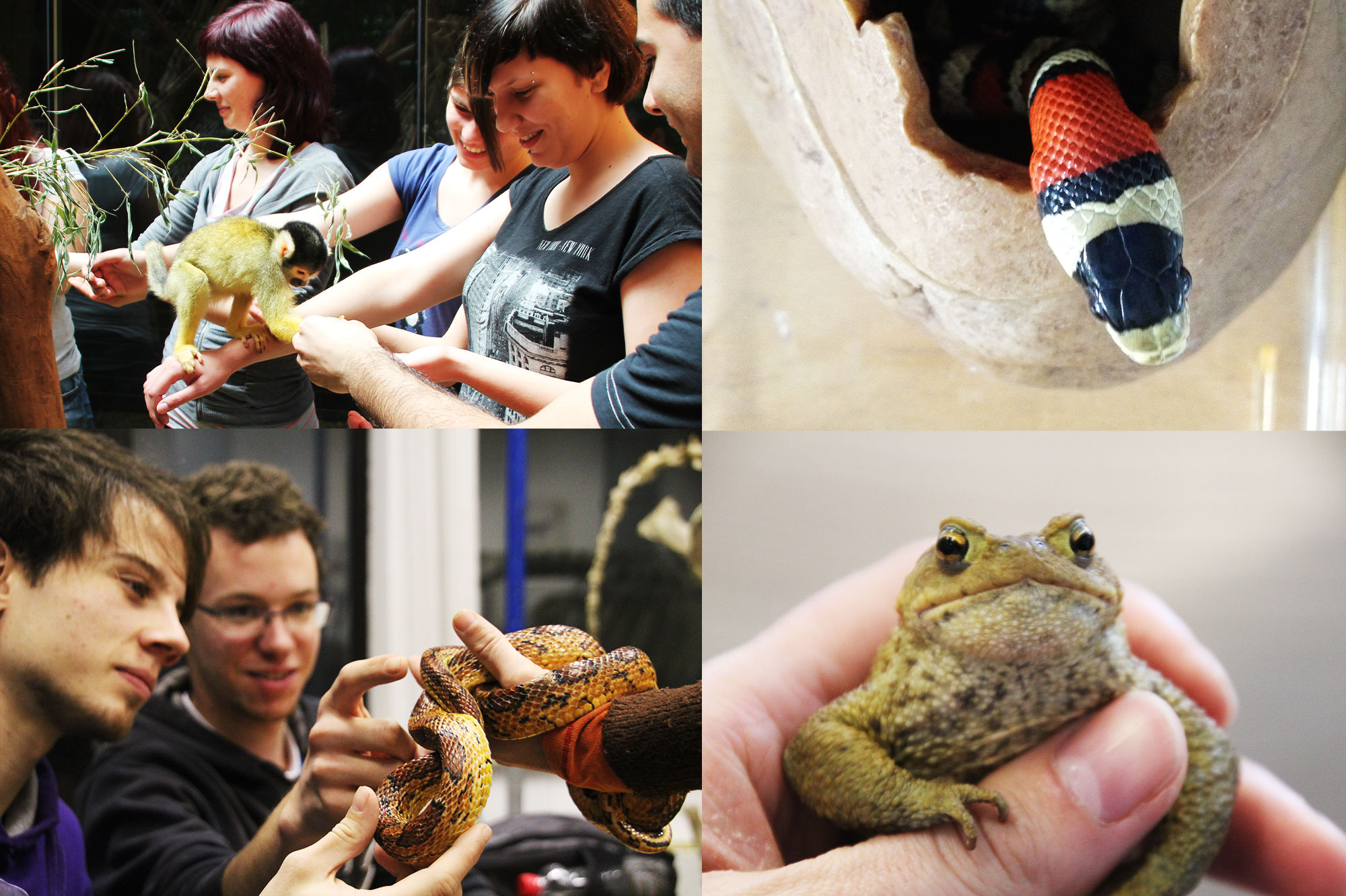
Supervisor: Andrej Pengov
This subject provides students with in-depth knowledge of the characteristics and determination of the microbial pathogens of domestic animals. Particular emphasis is placed on microbial species that cause zoonoses and the identification and control of microbes that cause food poisoning and are transmitted by foods of animal origin.
Supervisor: Robert Frangež
Acquisition of in-depth knowledge of scientific research approaches to the study of pathophysiological processes.
General information about the subject
- 10 hours of lectures, 20 hours of experimental work in the laboratory and preparation of a seminar
- Annual enrolment of a maximum of 9 students
- Enrolment is possible in the 3rd, 4th, 5th and 6th years of study
Theoretical part
- basics of experimental pathophysiology and basics of toxinology
Practical part
- modelling of the most commonly acquired and congenital clinical disorders in the electrolyte composition of extracellular fluids (hyper/hypopotassaemia, hypo/hypermagnesemia, hypo/hypercalcaemia, etc.) and their impact on inflamed tissues/organs/systems (models of clinical conditions, e.g. postpartum hyperkalemic myotonia, etc.)
- study of the effects and mechanisms of the most important xenobiotics (including antibiotics, pesticides, etc.) and toxins in veterinary medicine and detection of the mechanisms of disorders with an emphasis on disorders of the neuromuscular system
Supervisor: Bojan Zorko
The subject includes basic lectures on clinical examination and diagnosis of cats and dogs suffering from locomotor or neurological diseases. Students gain in-depth knowledge of special clinical diagnostics. Students mainly have clinical exercises in the outpatient clinic with booked patients. They monitor the process of a clinical examination and basic diagnostics of patients with these problems, and, following the examination, go through the treatment options with a veterinarian. This subject is related to the regular course Basics of Clinical Diagnostics, where orthopaedic and neurological examination in small practices are not covered. This is an area that you, as veterinarians, will encounter on a daily basis in practice.
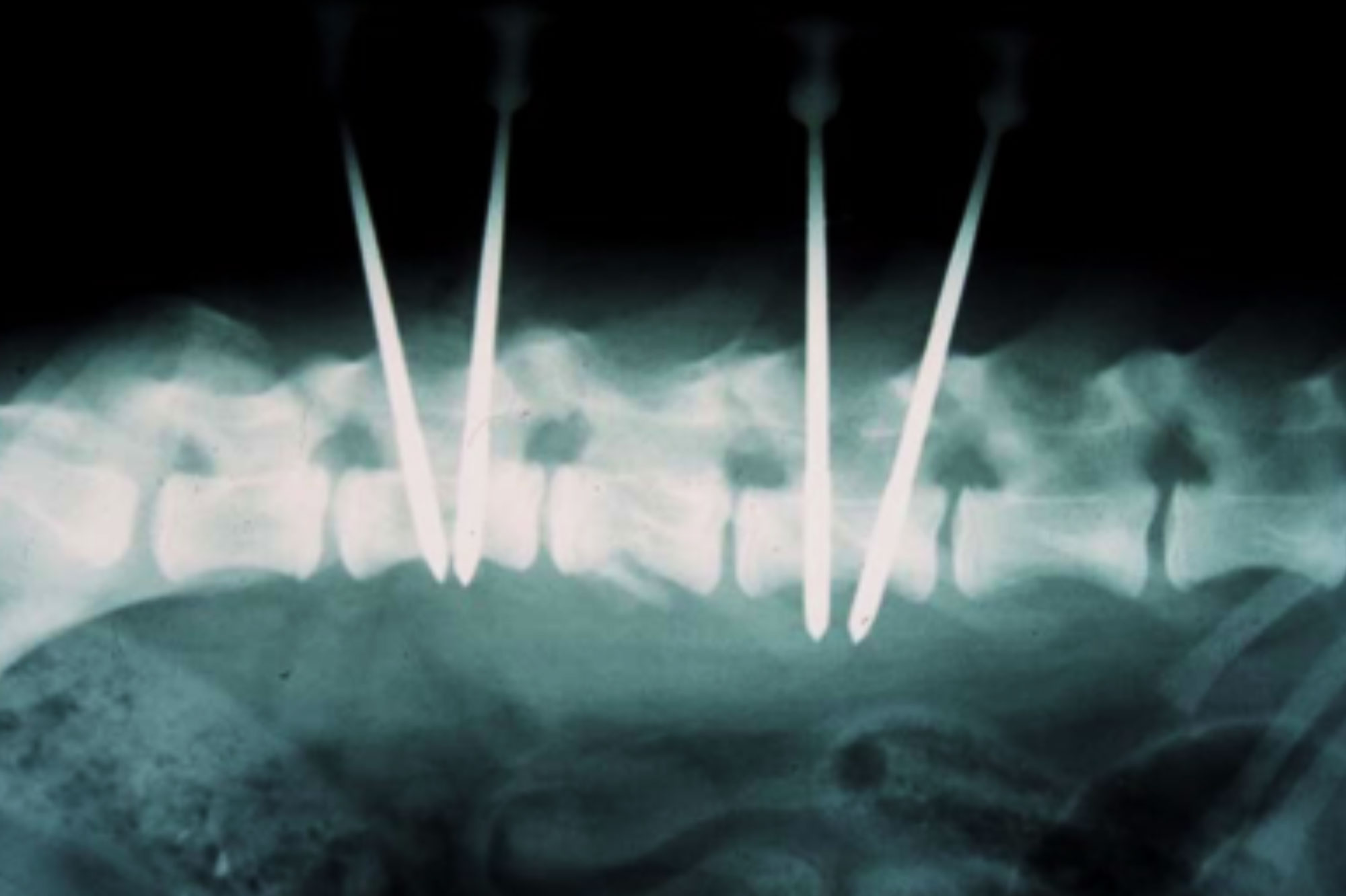
If you are interested in, for example, what happened to the dog whose spine is on the X-ray, what clinical signs it had, how the diagnosis was made, why it has metal needles in its vertebrae, what the outcome of treatment was - then we invite you to enrol in this subject.
Supervisor: Gregor Majdič
In the subject Behavioural Neurobiology, students will learn how the nervous system/brain and hormones together regulate behavioural patterns in animals. We will talk about different levels of behaviour regulation from biochemical, genetic and cellular regulation to regulation at the level of the entire body. You will learn how genes, hormones and the central nervous system regulate various typical behavioural patterns, such as male and female sexual behaviour, maternal instinct, aggressive behaviour, stress responses, the influence of biological rhythms on different behaviours, gender differences in behavioural patterns, etc. The subject teacher professor Gregor Majdič has more than twenty years of experience in research work in the field of behavioural neurobiology and has published numerous scientific articles in this field. The course includes some short general lectures, and most of the course will take place in the form of seminar assignments and problem-based learning - discussions on scientific articles (review and original) in the field of behavioural neurobiology.
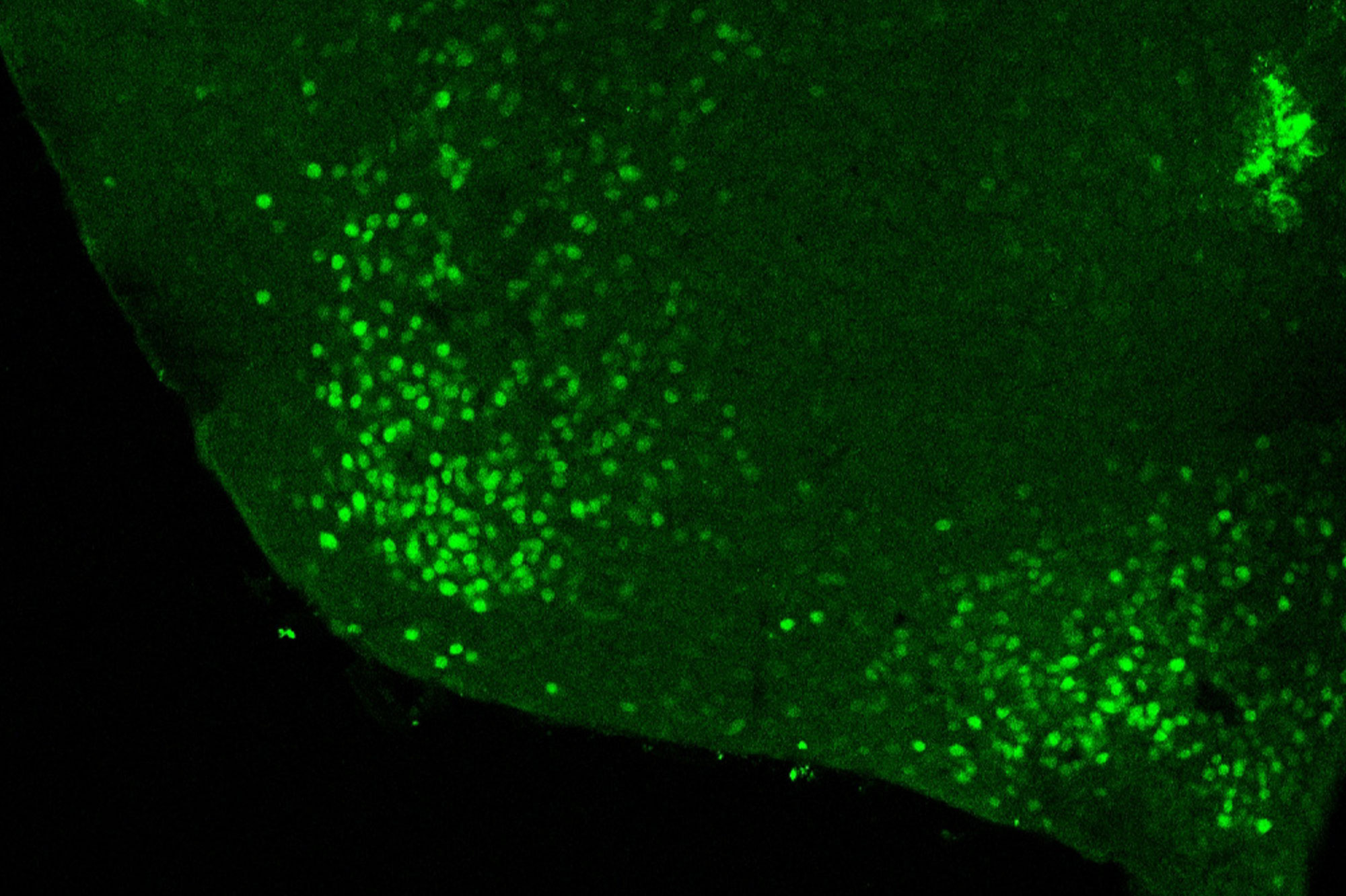
Picture: Expression of oestrogen receptors in the hypothalamus
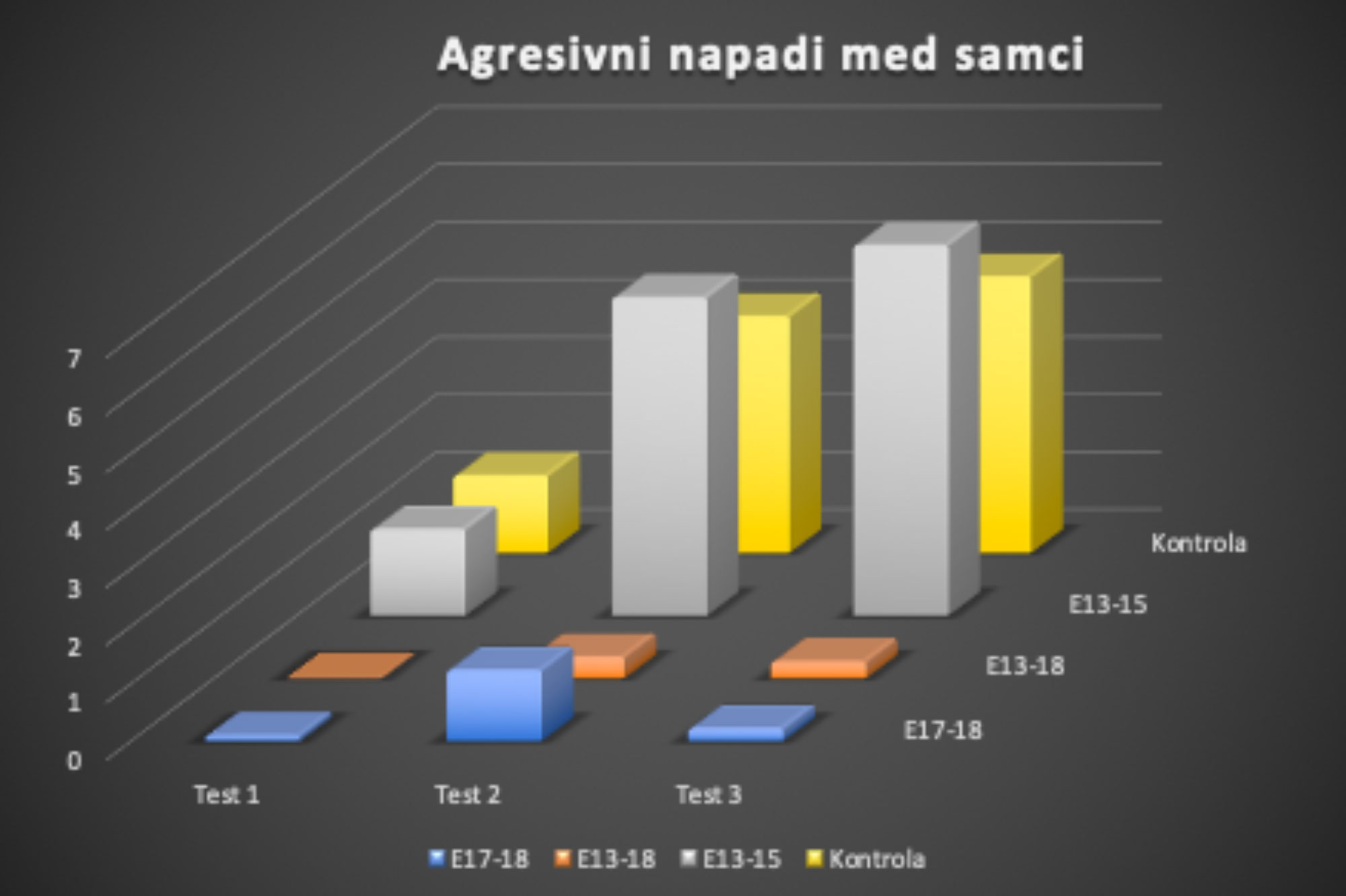
The diagram shows the impact of prenatal stress on the aggressive behaviour of male mice. Males whose pregnant mothers were exposed to stress on days 17 and 18 of pregnancy (E17-18) and males whose mothers were exposed to stress on days 13 to 18 of pregnancy (E13-18) are less aggressive than males from control groups and males whose mothers were exposed to stress only from days 13 to 15.
Glavna navigacija
- Informativni dan
- Why to become a veterinarian?
- Undergraduate Studies
- Postgraduate studies
- Pripravništvo
- Summer Schools
- Continuous education
- Professional Development
- International Activity
- Mednarodna dejavnost - Tuji študentje
- The Path to Creative Knowledge
- Tutoring
- Extracurricular Activities
- Career Centres
- Alumni
- Student organizations and societies
- Quality Assurance
Location
Gerbičeva 60
SI-1000 Ljubljana
Slovenija
Sample Reception
Samples are received at several locations throughout Slovenia. See where.
The veterinarian on duty
Emergency veterinary assistance for dogs and cats and a telephone number of constant readiness.
Library
A wide selection of domestic and foreign professional literature in the field of veterinary medicine and other sciences.
Main navigation
-
Education
- Informativni dan
- Why to become a veterinarian?
- Undergraduate Studies
- Postgraduate studies
- Pripravništvo
- Summer Schools
- Continuous education
- Professional Development
- International Activity
- Mednarodna dejavnost - Tuji študentje
- The Path to Creative Knowledge
- Tutoring
- Extracurricular Activities
- Career Centres
- Alumni
- Student organizations and societies
- Quality Assurance
- Clinics
- Diagnostics
- Dobrobit
- NVI
- Research
- About us
- Hub

